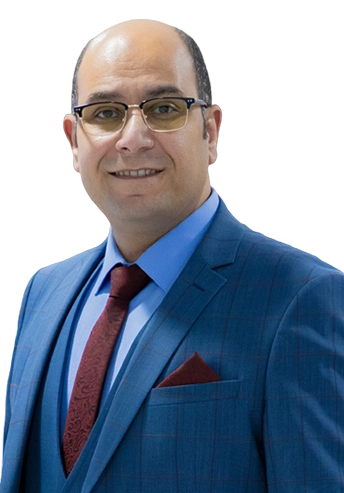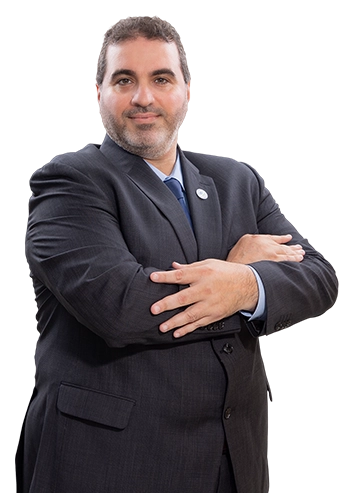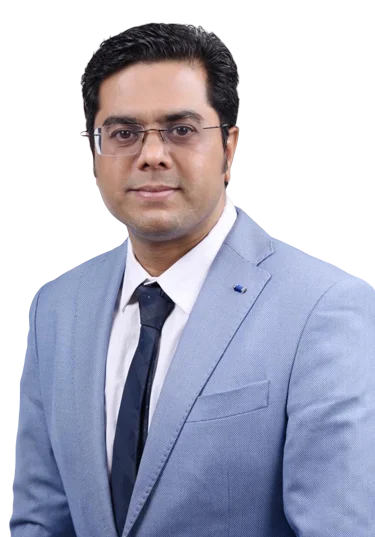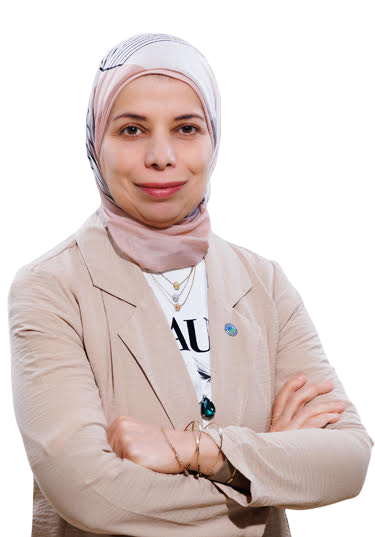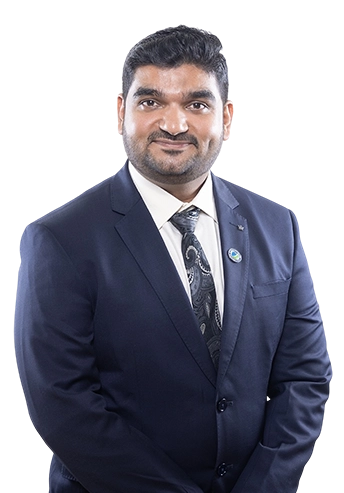A radiation oncologist develops a patient’s treatment plan through a process called
treatment planning, which begins with simulation.
During simulation, detailed imaging scans show the location of a patient’s tumor and
the normal areas around it. These scans are usually computed tomography (CT) scans,
but they can also include magnetic resonance imaging (MRI), positron emission
tomography (PET), and ultrasound scans.
CT scans are often used in treatment planning for radiation therapy. During CT
scanning, pictures of the inside of the body are created by a computer linked to an
x-ray machine.
During simulation and daily treatments, it is necessary to ensure that the patient
will be in exactly the same position every day relative to the machine delivering
the treatment or doing the imaging. Body molds, head masks, or other devices may be
constructed for an individual patient to make it easier for a patient to stay still.
Temporary skin marks and even tattoos are used to help with precise patient
positioning.
Patients getting radiation to the head may need a mask. The mask helps keep the head
from moving so that the patient is in the exact same position for each treatment.
After simulation, the radiation oncologist then determines the exact area that will
be treated, the total radiation dose that will be delivered to the tumor, how much
dose will be allowed for the normal tissues around the tumor, and the safest angles
(paths) for radiation delivery.
The staff working with the radiation oncologist (including physicists and
dosimetrists) use sophisticated computers to design the details of the exact
radiation plan that will be used. After approving the plan, the radiation oncologist
authorizes the start of treatment. On the first day of treatment, and usually at
least weekly after that, many checks are made to ensure that the treatments are
being delivered exactly the way they were planned.
Radiation doses for cancer treatment are measured in a unit called a gray (Gy), which
is a measure of the amount of radiation energy absorbed by 1 kilogram of human
tissue. Different doses of radiation are needed to kill different types of cancer
cells.
Radiation can damage some types of normal tissue more easily than others. For
example, the reproductive organs (testicles and ovaries) are more sensitive to
radiation than bones. The radiation oncologist takes all of this information into
account during treatment planning.
If an area of the body has previously been treated with radiation therapy, a patient
may not be able to have radiation therapy to that area a second time, depending on
how much radiation was given during the initial treatment. If one area of the body
has already received the maximum safe lifetime dose of radiation, another area might
still be treated with radiation therapy if the distance between the two areas is
large enough.
The area selected for treatment usually includes the whole tumor plus a small amount
of normal tissue surrounding the tumor. The normal tissue is treated for two main
reasons:
- To take into account body movement from breathing and normal movement of
the organs within the body, which can change the location of a tumor
between treatments.
- To reduce the likelihood of tumor recurrence from cancer cells that have
spread to the normal tissue next to the tumor (called microscopic local
spread).
